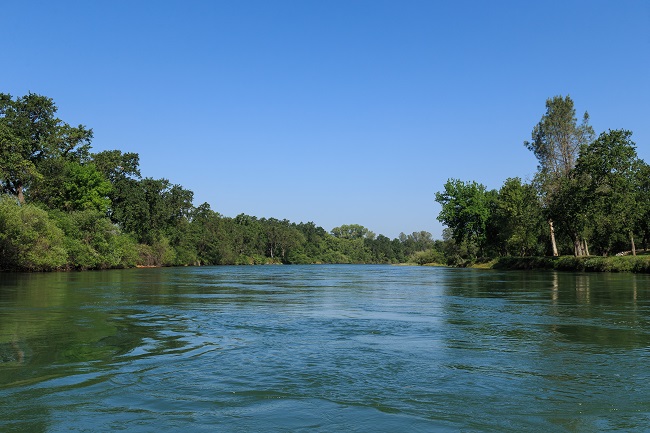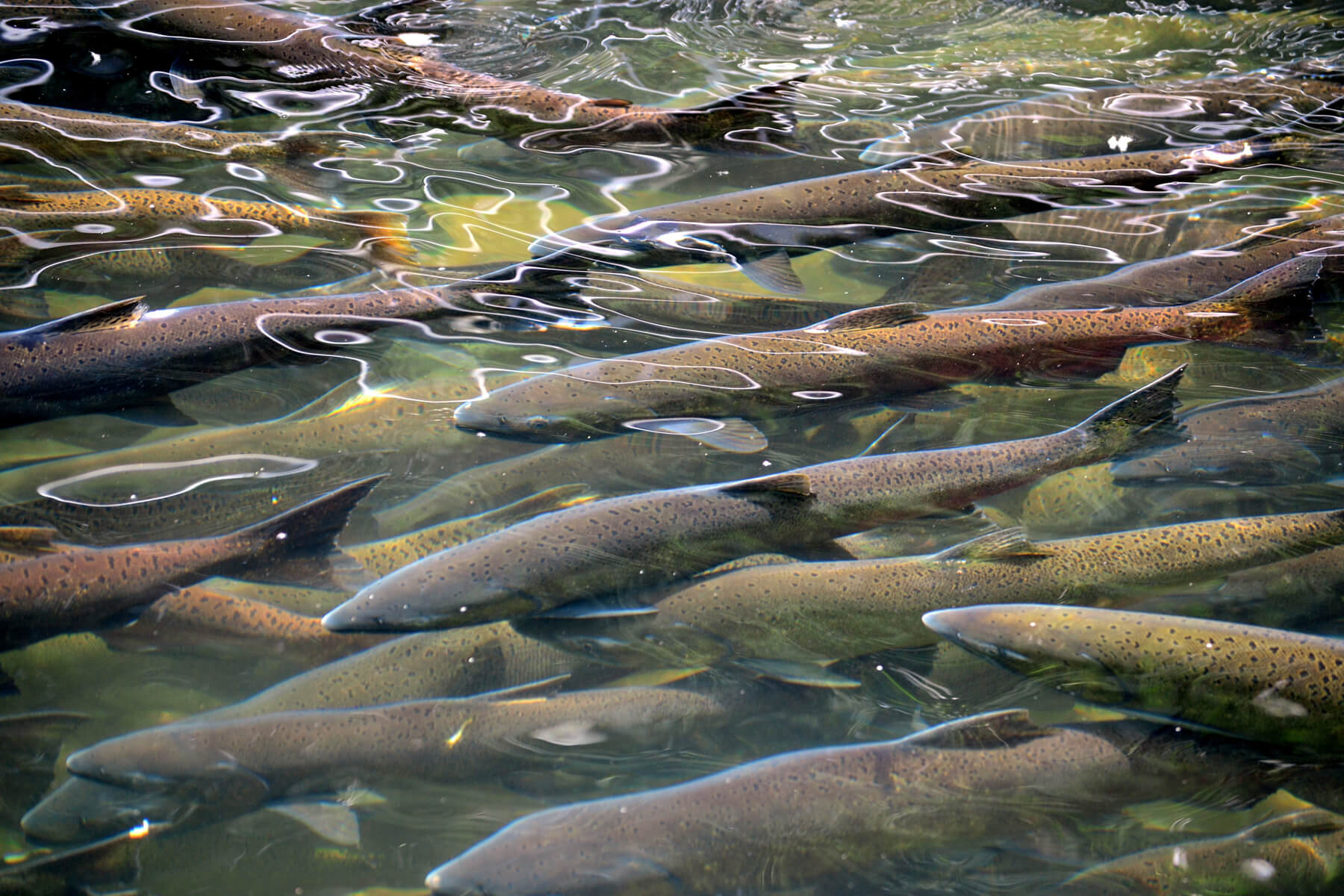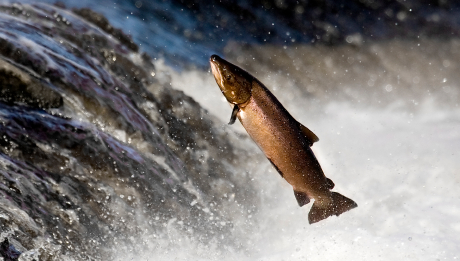This Saturday, May 21st is World Fish Migration Day for 2016. On this day, over 1,000 organizations located throughout the world host local events “to create awareness on the importance of open rivers and migratory fish.” This day provides a great opportunity for us to reflect on the important role migratory corridors, for fish as well as birds, play in the culture of the Sacramento Valley.

The Pacific Flyway, a migratory corridor for millions of waterfowl, shorebirds, raptors and other species runs right through the Sacramento Valley, which provides valuable habitat by irrigating harvested rice land and managed wetlands for birds that will reside in the Valley for the winter as well as those traveling thousands of miles between Canada and Mexico.
On World Fish Migration Day, participating organizations strive “to improve the public’s understanding of the importance of migratory fish, the need for healthy rivers, the communities that depend on both, and the options we have to minimize or avoid impacts.” The Sacramento Valley is home for several species of migratory fish, including four distinct runs of Chinook salmon, steelhead and sturgeon. Winter-run and spring-run Chinook salmon, in particular, have suffered during the drought as diminished precipitation and water supplies led to declines in water quantity and quality. To help avoid this, water managers, partnering with conservation organizations and fishery agencies, have engaged in a focused effort to enhance fish migration in the region by removing barriers and targeting water flows.

Every major river and stream in the Sacramento Valley has a flow agreement to ensure that flows are dedicated to provide essential pathways for spawning salmon and steelhead. Since 1994, water managers in the region have also been engaged in a comprehensive effort to install state-of-the-art fish screens on every major water diversion in the Sacramento River and its tributaries, removing potential barriers to fish migration while also allowing essential water deliveries to agriculture, terrestrial habitat and local communities. The Sacramento Valley Fish Screen Program is nearing its conclusion, with the last three remaining high-priority diversions scheduled for completion over the next couple of years.
Currently, water managers, conservation organizations including American Rivers, California Trout and The Nature Conservancy and state and federal fisheries agencies are engaged in the Sacramento Valley Salmon Recovery Program to further enhance habitat and fish passage for migratory fish in the region. This comprehensive effort by the partners complements objectives established in the National Marine Fisheries Service’s Recovery Plan for the Sacramento River and Governor Brown’s California Water Action Plan, and targets efforts to address the habitat and passage needs of salmon during all freshwater stages of their lifecycle. Goals for the Recovery Program include completing the fish screen projects, improving flow timing on the Sacramento River and its tributaries to enhance fish passage and habitat, and additional habitat improvement projects to aid adult salmonid holding and spawning as well as juvenile salmonid rearing.
This Saturday, as people throughout the world, including those of us in the Sacramento Valley, recognize the importance of migratory fish it provides an opportunity to reflect on the considerable work that has occurred in the region to support the species and the goals we are striving to achieve to further promote their survival.





